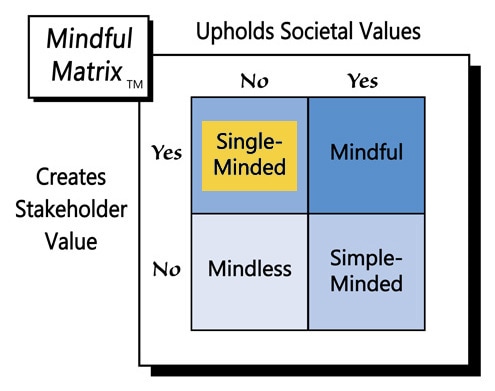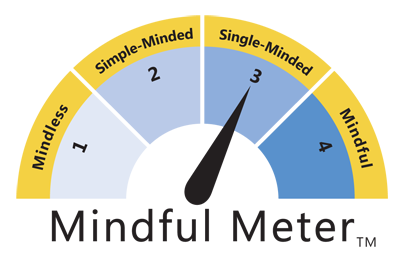Last weeks’ post argued that although Sport Illustrated’s claim of inclusiveness seemed noble on the surface, deeper analysis reveals harmful indecency. The magazine appears to embrace diversity by including women of various shapes, sizes, ages, and skin colors; however, that inclusiveness really isn’t female-friendly when one sees how women are portrayed in the annual edition.
“Swimsuit” is somewhat of a misnomer, as many models sport only half a bathing suit, and some wear nothing but body paint. Furthermore, the poses of many of the women are extremely erotic and clearly aimed at arousal. Such prominent media portrayals of women as sex objects perpetuates a harmful stereotype, undermining the personhood of all women and making it less likely that their male counterparts will consider them equals.
Of course, Sports Illustrated will dispute that claim, but how might the magazine deny evidence that it also is doing a great disservice to its main consumers—men? More specifically, there’s good reason to believe that through its swimsuit issue, SI encourages a very destructive form of addiction.
According to Echo Media, Sports Illustrated is “the most well-known name in sports media.” The magazine has an average weekly circulation of over 3.1 million. The mean age of its readers is 37, their average income is $60,913, and 77% of the audience is male.
Given that over three-quarters of Sports Illustrated’s target market has no practical interest in women’s bathing suits, and that such skimpy suits have virtually nothing to do with sports, why does the magazine even produce such an issue? Of course, it’s not the bathing suits that SI’s predominantly young, male target market desires but the near-naked women wearing them. These images, which in many cases appear pornographic, can easily become an obsession.
The American Society of Addiction Medicine (ASAM) defines addiction as “a primary, chronic disease of brain reward, motivation, memory and related circuitry . . . characterized by inability to consistently abstain, impairment in behavioral control, craving, diminished recognition of significant problems with one’s behaviors and interpersonal relationships, and a dysfunctional emotional response.”
Of course, people can become addicted to substances like nicotine and alcohol, but is pornography in that same category? WebMD describes the debate as to whether pornography use represents compulsive behavior or actual addiction. This distinction seems irrelevant, however, when one considers that neither type of behavior is edifying and that Psychology Today uses “compulsive” to describe addictive behavior:
“Addiction is a condition that results when a person ingests a substance (e.g., alcohol, cocaine, nicotine) or engages in an activity (e.g., gambling, sex, shopping) that can be pleasurable but the continuation of which becomes compulsive [emphasis added] and interferes with ordinary responsibilities and concerns, such as work, relationships, or health. People who have developed an addiction may not be aware that their behavior is out of control and causing problems for themselves and others.”
The bottom-line is that pornography use, once started, proves difficult to stop and is often destructive to both the user and those around him. Addiction.com reports that those addicted to pornography routinely spend 11 hours a week or more searching for and viewing pornographic material and that sometimes that preoccupation exceeds 30 hours a week. That expenditure of time alone can cost users’ their jobs and relationships.
It’s not just lost time, however, that makes pornography so destructive. Users often experience a variety of other negative effects such as feelings of guilt and shame, anger and hostility when confronted, lack of control over their own lives, emotional distance from others, and reduced intimacy in relationships.
By now you might be thinking: “But, Sports Illustrated only puts out its swimsuit issue once year. How can such infrequent exposure be blamed for addiction?” Any addictive behavior starts somewhere—the first drink, the first puff. What’s more, the magazine provides much more than one image; it presents dozens of pornographic pictures that are easy for users to consume continually through the hardcopy issue delivered directly to their home or through the SI swimsuit website, which doesn’t even require a login.
A final question all should be asking is “Why?” Why would any organization want to place its key target market in such a vulnerable position? To be honest, it’s hard for me to understand Sport Illustrated’s thinking. A good guess is that the swimsuit issue is an especially big seller for the firm (i.e., a significant income source) and that the special edition serves as a subscription hook (i.e., individuals want that issue, so they order the entire year).
Given the longevity alone of the SI swimsuit issue (53 years), it’s likely that the special edition is creating value for Sports Illustrated, in addition to perverse pleasure for those who “read” it. That gratification is short-lived and superficial, however, when one considers the destructive long-term impact the indecency has on its users and many others. Once again, Sports Illustrated can be seen as practicing “Singe-Minded Marketing."
Learn more about the Mindful Matrix and Mindful Meter.
Check out Mindful Marketing Ads and Vote your Mind!




 RSS Feed
RSS Feed